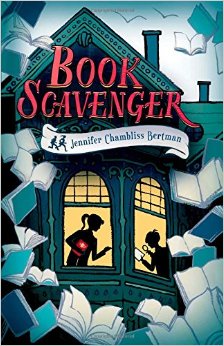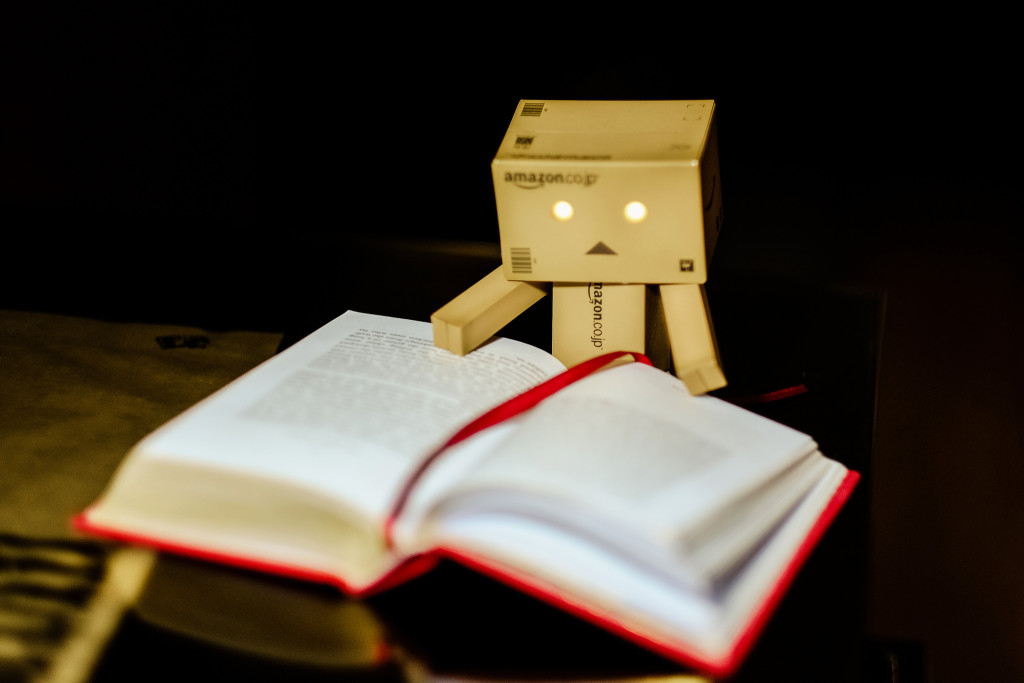One of the first things children learn to do is categorize. All thinking creatures must be able to do it, really; it is crucial to survival to be able to determine that this thing is not like that thing, that this type of thing is safe, while that kind of thing will kill you. The fact that our brain is busy learning to categorize pretty much from the moment we are born blows my mind a little. There’s a great podcast about this over here at NPR.
Categorizing can be simple: you probably learned the difference between plant and animal so long ago you cannot remember not knowing it. But categorizing can also be complicated. At some point you were taught the difference between things that were alive and not alive, fiction and non-fiction, art and science. One of the purposes of education is to pass down humanity’s collective understanding of categories. As you get older the categories you learn become more detailed and complex: the difference between aerobic or anaerobic bacteria, for example, or between a sonnet and a quatrain. The contents of categories can also vary over time based upon our changing understanding of the world. New categories can be created and what belongs in a category can also shift. For example, in Modern History class you will learn that genocide is a category that did not exist as we currently understand it until the 20th century, and that what is or is not genocide is still being debated.
As we learn more and more about our world, our categories become more and more complex and shifting. At the same time, all the categories we have are based upon those that others have built, and these categories reflect the time– and sometimes even the person– that created them. The Thetford Academy Library– and most school and public libraries in the country– are a perfect example of this.
Our system of organization is called the Dewey Decimal system, named for its creator, Melville Dewey, a man who was obsessed with categorizing things (as a young boy he categorized insects). As an adult he created a system of categorizing human knowledge was considered so good that it was adopted across the country. Many libraries, including TA, still use it today. He lived from 18– to 18– and, in my librarian’s opinion, had ugly narrow-mindedness that was unfortunately not uncommon at the time. He was, among other shortcomings, anti-semitic (when this anti-semitism was revealed it caused a scandal that led to his being removed from his position as librarian for the State of New York).
But we still use his system, and it still, in many ways, reflects the man and his views. The clearest example of this can be found in the organization of the categories of religion:
200 Religion
210 Philosophy & theory of religion
220 Bible
230 Christianity
240 Christian moral & devotional theology
250 Christian orders & local church
260 Social & ecclesiastical theology
270 History of Christianity & Christian sects
280 Christian denominations
290 Comparative religion & other religions
it does not take much to notice the fact that Christianity occupies the lion’s share of the numbers! There are other examples as well, such as the fact that a categories for things such as UFOs wasn’t allotted because UFOs are a more modern idea. In fact if you look at the items from 000-100 you will find a strange collection of stuff.
ut the categories and systems for communicating these categories (a library, for example, or a phyllum in animal taxonomy)
 I just finished the fabulous Book Scavenger by Jennifer Chambliss Bertman. It has all the things I loved when I was in middle school: codes, clues, mysteries and, of course, books! Actually, I still love all these things. 🙂
I just finished the fabulous Book Scavenger by Jennifer Chambliss Bertman. It has all the things I loved when I was in middle school: codes, clues, mysteries and, of course, books! Actually, I still love all these things. 🙂




